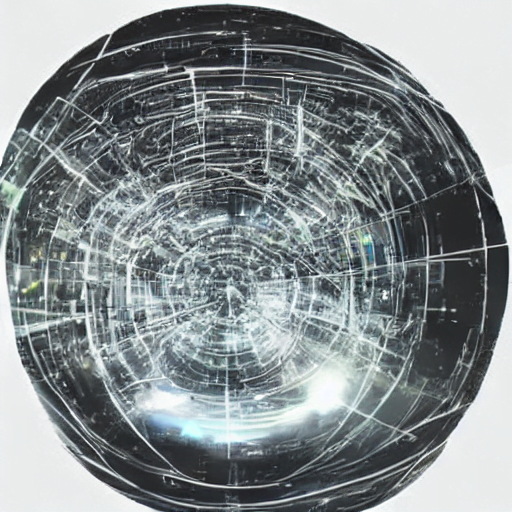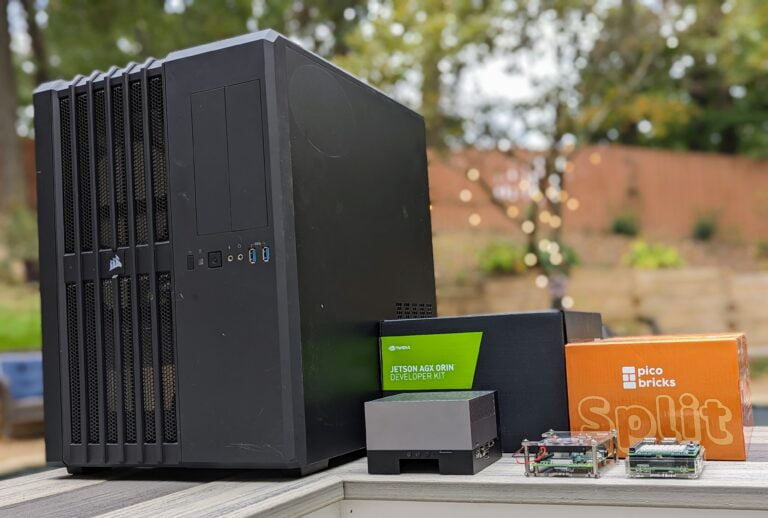Deep learning, a subset of machine learning, has taken the technological world by storm, underpinning the advancements in various applications from autonomous vehicles to drug discovery. Three dominant paradigms within deep learning are supervised, unsupervised, and self-supervised learning. In this article, we will elucidate these methods, noting their similarities and distinctions.
Supervised Deep Learning
Supervised learning requires labeled data, which means each input sample in the training dataset is paired with the correct output.
Advantages:
- Clear learning objectives: With known labels, the model has a clear target to aim for.
- Demonstrable performance metrics: Since the expected outcomes are known, it’s straightforward to measure the model’s accuracy and efficacy.
Limitations:
- Dependence on labeled data: Obtaining large volumes of labeled data is expensive and time-consuming.
- Generalization: Over-reliance on labeled data may lead to overfitting, where the model performs well on the training set but poorly on unseen data.
Unsupervised Deep Learning
Unsupervised learning does not use labeled data. Instead, it tries to learn the inherent structure in the data, like clustering or dimensionality reduction.
Advantages:
- No need for labels: Can work with vast amounts of unlabeled data, making it cheaper and more scalable.
- Discovering hidden patterns: Can uncover unforeseen patterns and relationships in the data.
Limitations:
- Ambiguous objectives: Without labels to guide the learning process, determining the success or quality of the model can be more subjective.
- Less direct applicability: Results from unsupervised learning (like clusters) might be less immediately actionable than those from supervised approaches.
Self-Supervised Deep Learning
Definition: A form of supervised learning, but where labels are generated from the data itself. For instance, in the case of images, part of the image might be masked, and the model trained to predict the masked part, using the unmasked part as the input.
Advantages:
- Efficient use of unlabeled data: While it works on the principles of supervised learning, it doesn’t require externally provided labels.
- Versatile: Many tasks can be reframed into a self-supervised paradigm, such as predicting the next word in a sentence or next frame in a video.
Limitations:
- Quality of pseudo-labels: The learning is only as good as the generated pseudo-labels, which might not always encapsulate complex relationships in the data.
- Task-specific: The designed self-supervised task may not always align perfectly with the desired downstream task, potentially leading to suboptimal features.
Conclusion
Each of these deep learning approaches has its unique strengths and weaknesses. While supervised learning is extremely effective given ample labeled data, unsupervised and self-supervised learning aim to alleviate the demand for such labels, each in their unique way. The choice of method depends largely on the specific problem at hand and the resources available. Often, a combination of these approaches, such as using self-supervised pre-training followed by supervised fine-tuning, can harness the strengths of each paradigm.







